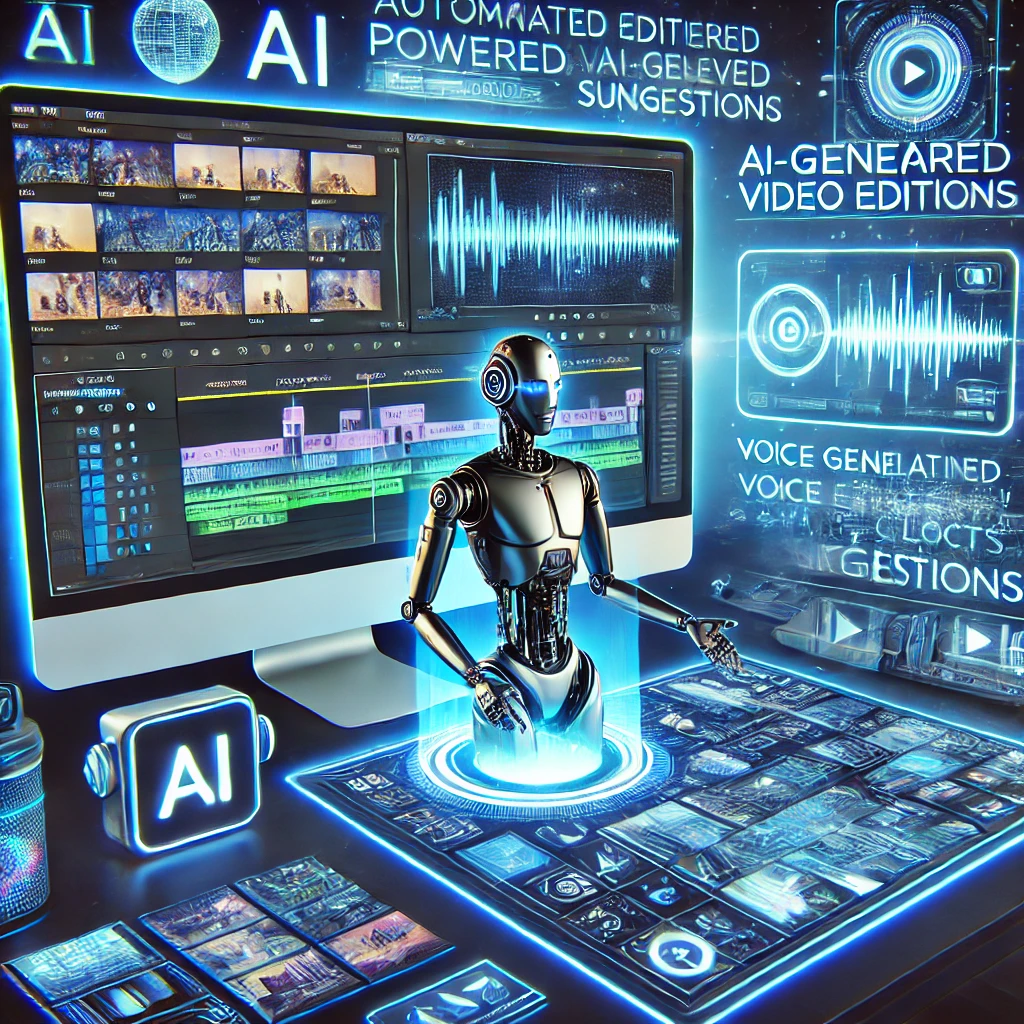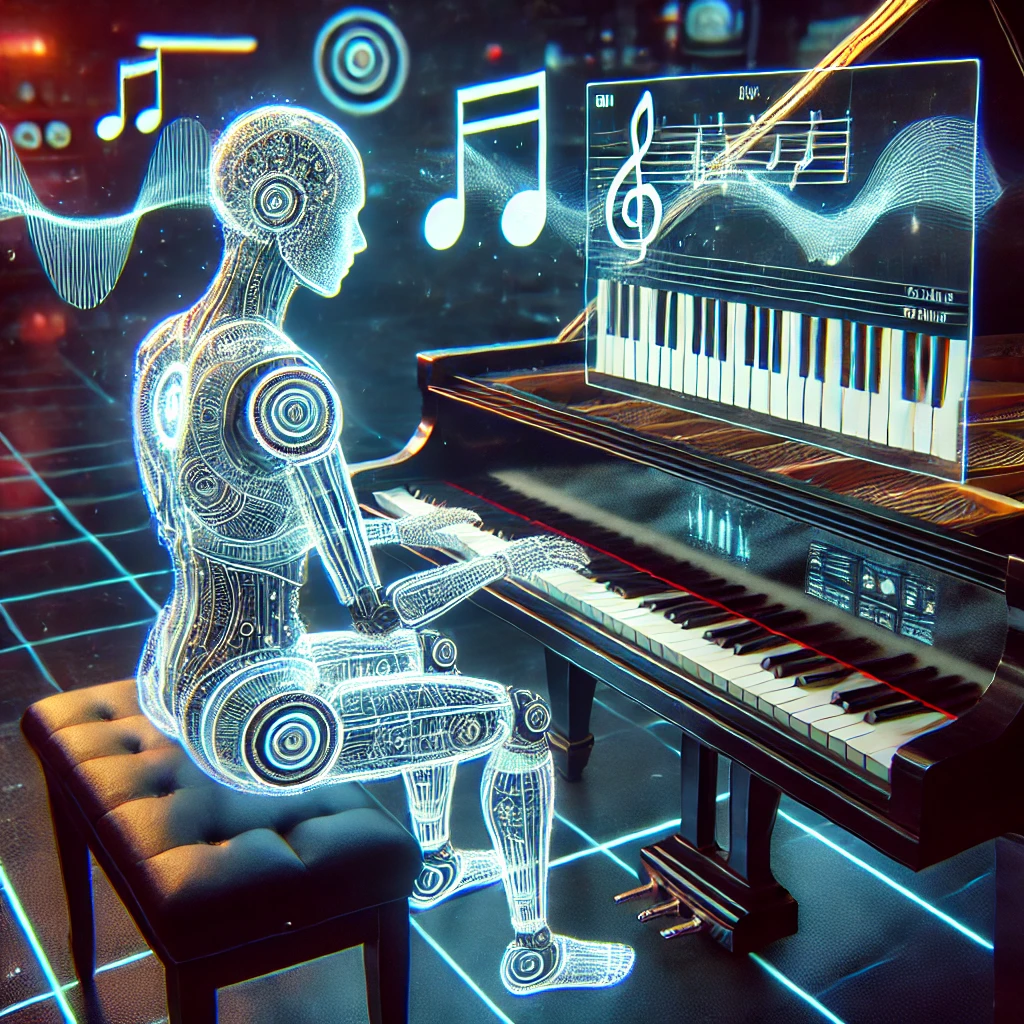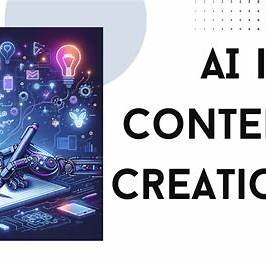Introduction
In recent years, Generative AI has emerged as a groundbreaking innovation, revolutionizing content creation across various industries. From text and images to music and videos, AI-driven tools are reshaping the way we create, consume, and interact with digital content. As we step into 2025, the capabilities of Generative AI continue to expand, offering endless possibilities for businesses, creators, and individuals alike.
This blog post explores the rise of Generative AI, its applications in content creation, its impact on different industries, and the potential future developments in this evolving field.
Other Article : Elon Musk Unveils Grok 3 Chatbot 2025
What is Generative AI?
Generative AI refers to artificial intelligence models capable of producing new content, including text, images, audio, and even code. Unlike traditional AI, which focuses on analyzing data and making predictions, Generative AI actively creates content by learning from massive datasets.
Some of the most well-known Generative AI models include:
- GPT-4 and Beyond – Advanced language models that generate human-like text.
- DALL·E and MidJourney – AI-powered image generation tools.
- DeepMind’s AlphaCode – AI for generating programming code.
- Jukebox by OpenAI – AI-powered music composition.
With these advancements, AI is no longer just an assistant but a powerful creator in its own right.
How Generative AI is Transforming Content Creation

1. AI-Generated Text: Writing and Journalism
Generative AI has significantly impacted writing, making it easier for individuals and businesses to generate high-quality content. Some common applications include:
- Automated News Reports: AI-powered tools can generate real-time news articles based on data inputs, stock market trends, and sports scores.
- SEO-Optimized Blog Posts: AI helps content creators produce search-engine-friendly articles that rank higher on Google.
- Marketing Copy and Ads: Businesses use AI-generated copy for email campaigns, social media posts, and advertisements.
- Book and Story Writing: AI is assisting authors in drafting novels, poetry, and scripts.
Example: GPT-4 can generate entire blog posts with minimal human input, saving time and effort while maintaining high quality.

2. AI-Generated Images and Design
Graphic design and visual content have undergone a significant transformation with AI tools such as DALL·E and Stable Diffusion. These tools allow creators to generate high-quality images in seconds based on text prompts.
Key Benefits:
- Faster Design Process: AI speeds up the creation of banners, social media graphics, and promotional materials.
- Customization: Users can modify AI-generated images to fit specific brand aesthetics.
- Democratization of Art: Anyone can create professional-quality artwork without extensive design skills.
Example: Artists and businesses can use AI to generate custom illustrations, reducing reliance on expensive design software and professional designers.

3. AI in Video Creation and Editing
The video industry is also experiencing AI-driven changes, with tools that assist in editing, animation, and even full-length movie creation.
- Automated Video Editing: AI tools can cut, trim, and enhance videos efficiently.
- Deepfake Technology: AI allows for realistic face-swapping and voice cloning.
- AI-Generated Animations: AI is being used to create animated movies and video clips.
- Text-to-Video Conversion: Platforms like Runway ML allow users to generate short videos based on textual descriptions.
Example: AI-powered video editing tools like Adobe Sensei enhance the production quality of digital content while reducing editing time.

4. AI-Generated Music and Audio
AI is also making waves in the music industry. Platforms such as OpenAI’s Jukebox and Google’s Magenta enable the creation of original compositions in different styles and genres.
- AI-Composed Music: AI can generate unique soundtracks for films, games, and advertisements.
- Voice Cloning: AI is being used to replicate human voices, enabling personalized audiobooks and virtual assistants.
- Podcast Automation: AI-generated voices can narrate scripts, reducing the need for voice actors.
Example: AI-generated music platforms allow content creators to produce custom background music without worrying about copyright issues.

Industries Benefiting from Generative AI
1. Digital Marketing
Marketers are leveraging AI to create personalized ad campaigns, analyze consumer behavior, and generate engaging content at scale.
2. E-commerce
AI-generated product descriptions and recommendation systems enhance the online shopping experience.
3. Entertainment
Film studios and gaming companies use AI to generate scripts, dialogues, and even entire 3D environments.
4. Healthcare
AI is being used to generate medical reports, analyze patient data, and develop healthcare-related content.
5. Education
AI tools help in creating customized learning materials, automating grading, and providing real-time feedback to students.

Challenges and Ethical Concerns of Generative AI
Despite its advantages, Generative AI comes with several challenges:
- Misinformation: AI-generated content can spread false information if not properly monitored.
- Copyright Issues: AI-generated artworks and writings raise questions about intellectual property rights.
- Job Displacement: As AI automates content creation, concerns about job losses in creative industries grow.
- Bias in AI Models: AI may replicate societal biases present in its training data.
To address these issues, companies and governments are working on ethical AI guidelines and regulations.

The Future of Generative AI in Content Creation
Looking ahead, Generative AI will continue to evolve, offering even more sophisticated tools for content creators. Some future trends include:
- Hyper-Personalization: AI will generate highly customized content tailored to individual preferences.
- Advanced AI Creativity: AI will produce more complex and emotionally engaging content.
- Better AI-Human Collaboration: AI will complement human creativity rather than replace it.
- More Ethical AI Regulations: Efforts will be made to ensure AI-generated content is fair, transparent, and unbiased.
Conclusion
The rise of Generative AI is transforming content creation in unprecedented ways. From writing and design to music and video production, AI-powered tools are revolutionizing the creative landscape. As we move forward, embracing AI’s potential while addressing its challenges will be crucial for ensuring a balanced and ethical future.
For content creators, marketers, and businesses, the key to success in 2025 and beyond lies in leveraging Generative AI responsibly while maintaining human creativity at the core of their work.
Are you ready to explore the world of AI-driven content creation? The future is here!



